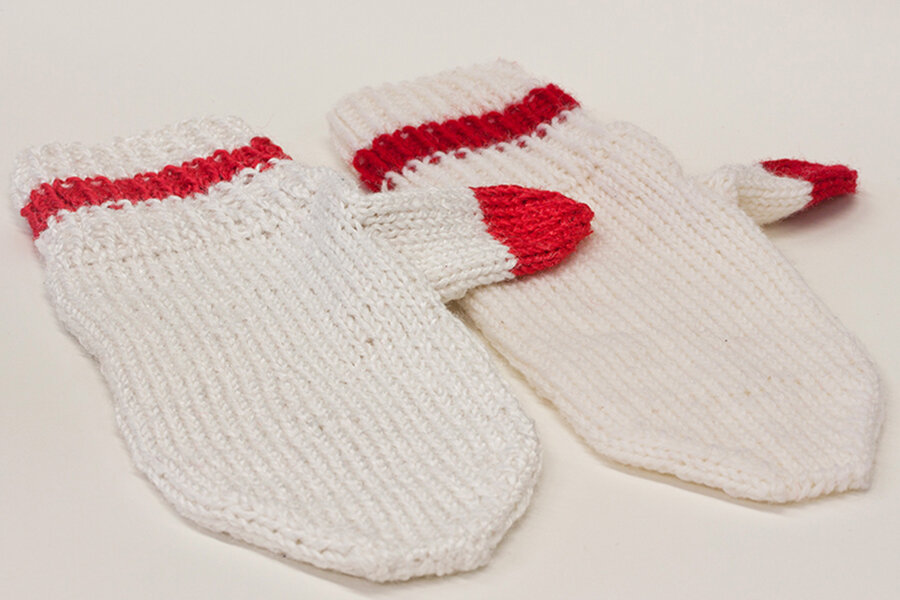Fake wool from slaughterhouse waste: Novel solution or 'creepy?'
Loading...
Animal activists are trying to unravel the yarn spun by Swiss scientists who are spinning slaughterhouse waste in a possible cashmere replacement.
Wool is big business worldwide, and the effort to create the next softer, better, cheaper version of it has become somewhat of a scientific golden fleece.
However, the head of animal rights group People for the Ethical Treatment of Animals (PETA), which offers a “Vegan Knitting Guide,” has taken a stand against a product that scientists say will be a boon to the textile industry and those who love, but can’t afford, soft, high-end, wool products.
Philipp Stössel, a 28-year-old PhD student in Professor Wendelin Stark’s Functional Materials Laboratory (FML), in Zurich, Switzerland, has created a new fiber from the leftover bones and ligaments of animals that, when converted to gelatin and spun into fibers, can be knitted or woven into a soft wool alternative.
Mr. Stössel says in the company’s release Friday, “Gelatine consists chiefly of collagen, a main component of skin, bone, and tendons. Large quantities of collagen are found in slaughterhouse waste and can be easily made into gelatin.”
“It's creepy to wear the gelatin that oozes out of animal bones in any form, but even worse, perhaps, than how it must feel psychologically to drape yourself in animal remains is that buying this clothing supports a gruesome industry that inflicts fear and pain on other sentient beings like us," says PETA President Ingrid Newkirk in an exclusive statement released to The Christian Science Monitor today.
American textile expert Deborah Young, of Los Angeles, Calif., says in an interview that, “We have been trying to replicate what comes from nature forever, with varying degrees of success.”
“There is the notion that if the animal is being used for meat to use all parts of it, which is a Native American sort of respect idea to using the entire animal,” says Ms. Young. “But that really sounds a little gross.”
According to Young it might be more accurate to call this product “the new Azlon, since wool is defined as animal hair only.”
“Azlon [created during WWII] made from skim milk protein (casein) fiber wasn’t popular because people didn’t want to wear skim milk,” Young says.
The issue with FML fiber is that they are weak when wet, according to FML’s release which is an aspect the inventor is still working on.








